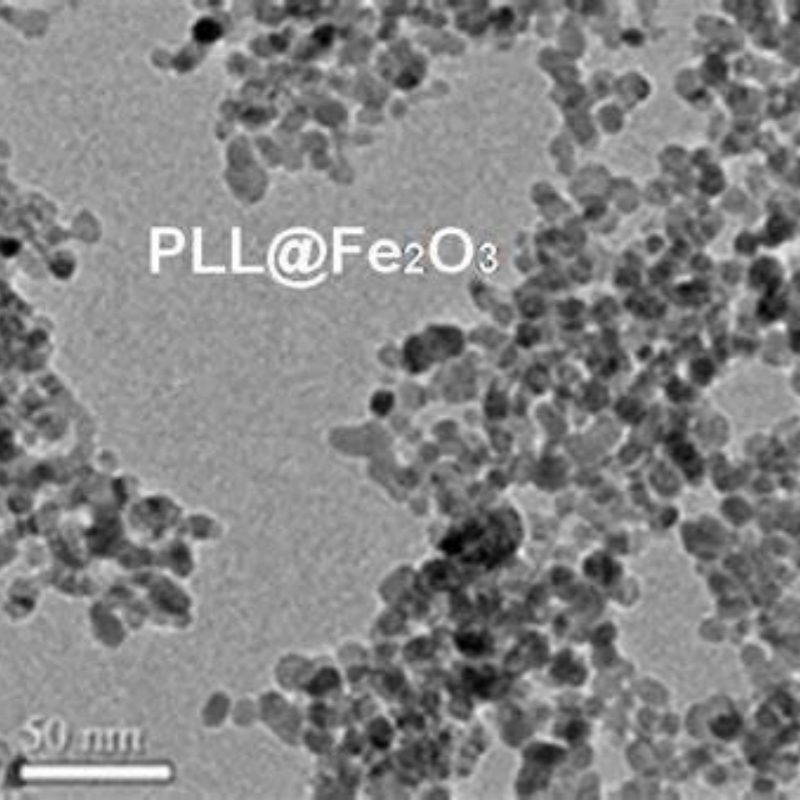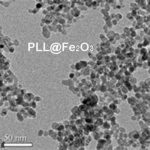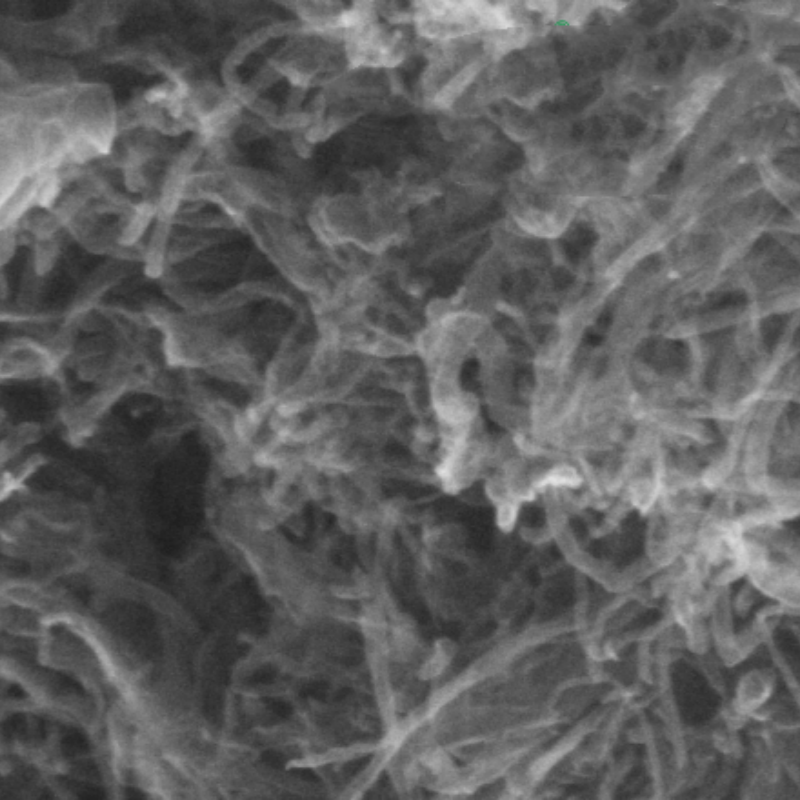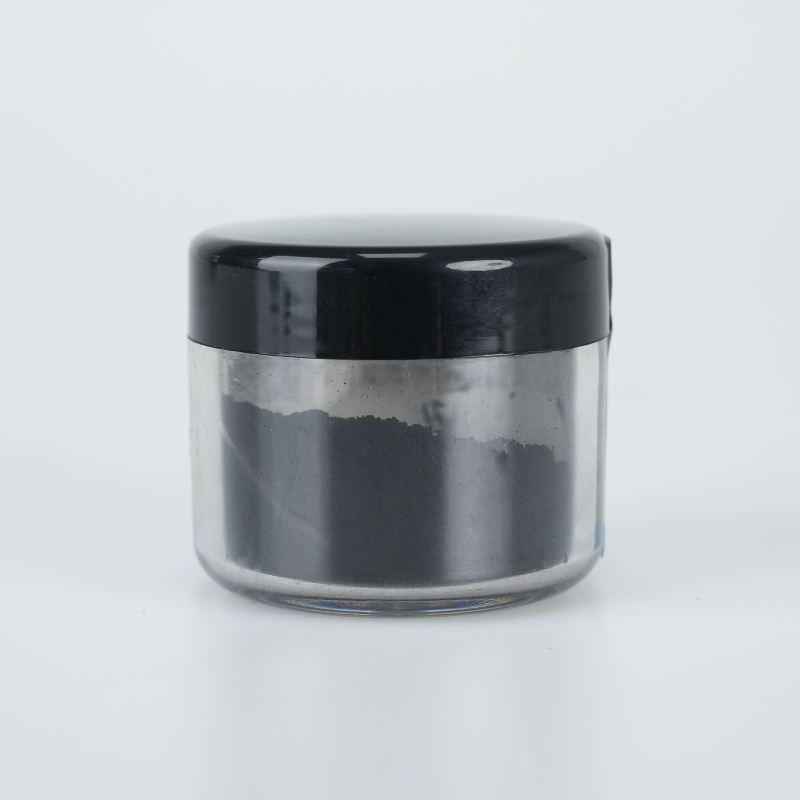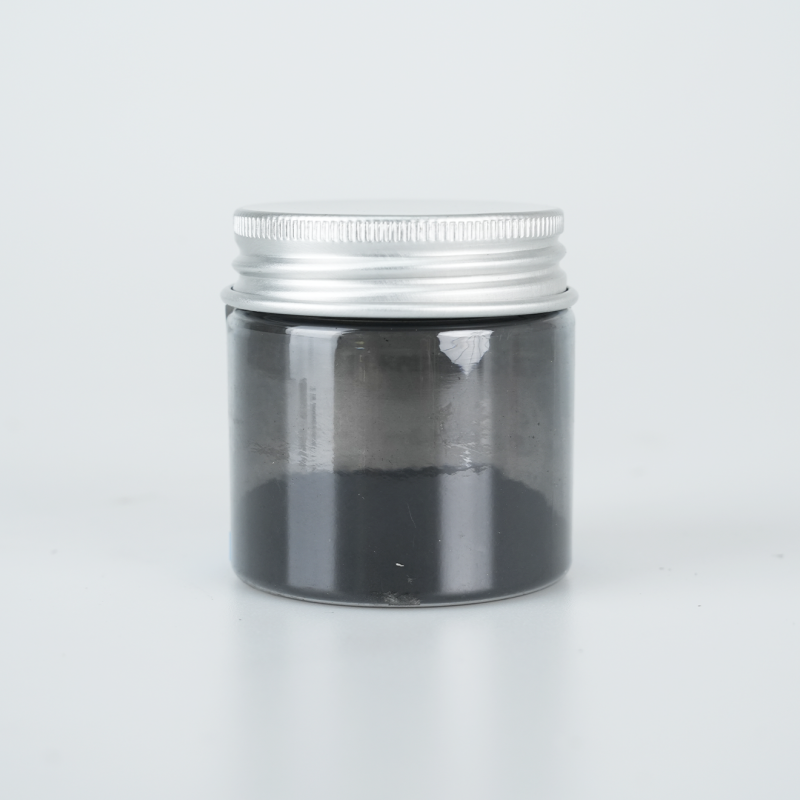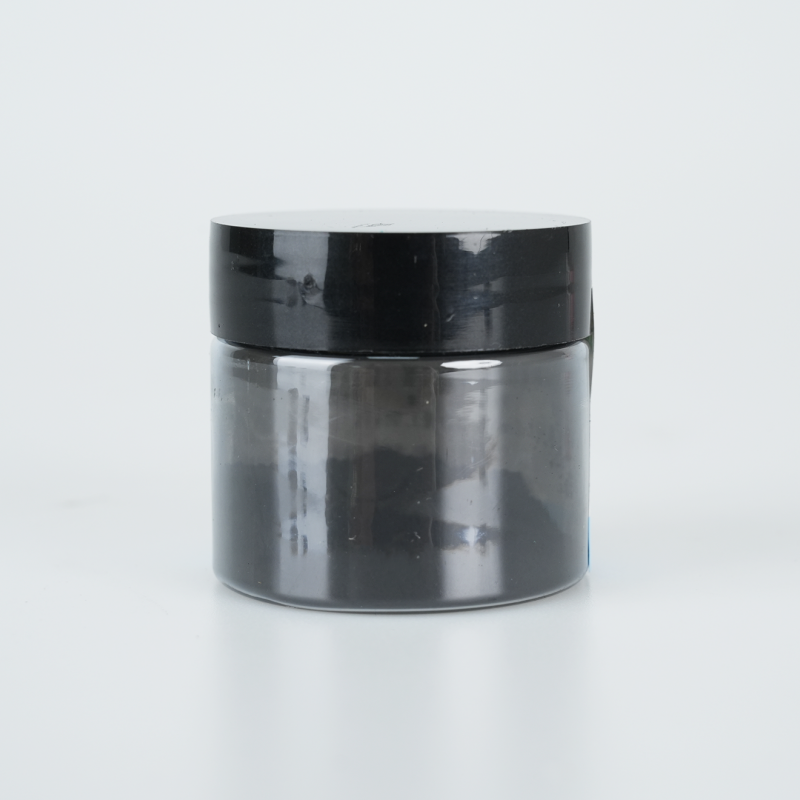Poly-Lysine modified Fe₃O₄ magnetic nanoparticles provide optimized biocompatibility, superior dispersion stability, and enhanced magnetic properties. Designed for advanced biomedical applications, they ensure efficient targeting, extended circulation, and high-performance adaptability.
Product Overview
Poly-Lysine (PLL) modified Fe₃O₄ magnetic nanoparticles are composite materials in which poly-lysine is used to modify Fe₃O₄ (iron oxide) nanoparticles, forming the Fe₃O₄@PLL composite. This material combines the superparamagnetic properties of Fe₃O₄ with the excellent biocompatibility and multifunctionality of PLL. It has broad biomedical applications, especially in drug delivery, magnetic resonance imaging (MRI), and magnetic hyperthermia (MHT).
Key Features
- Superparamagnetism: Fe₃O₄ exhibits superparamagnetism, which means the particles magnetize rapidly under an external magnetic field and lose their magnetization once the field is removed. This makes them ideal for biomedical applications that do not require permanent magnetization.
- Biocompatibility: Poly-Lysine (PLL) is highly biocompatible, minimizing immune reactions and toxicity, and enhancing the stability and safety of nanoparticles in the body.
- Targeting Ability: PLL-modified Fe₃O₄ nanoparticles can enhance binding with specific cells or tissues, enabling targeted drug delivery to improve therapeutic outcomes.
- Stability: PLL modification enhances the stability of Fe₃O₄ nanoparticles in the body, reducing aggregation and degradation, and extending their circulation time.
Applications
- Magnetic Resonance Imaging (MRI): As an MRI contrast agent, Fe₃O₄ nanoparticles modified with PLL improve biocompatibility and stability, which enhances the imaging signals and quality.
- Magnetic Hyperthermia (MHT): Fe₃O₄ nanoparticles generate heat under alternating magnetic fields, useful in cancer treatment through magnetic hyperthermia. PLL modification enhances their targeting ability in tumor tissues, improving treatment efficacy.
- Drug Delivery: Fe₃O₄ nanoparticles can serve as drug carriers. Surface modification with PLL enhances targeting ability, improving the bioavailability and therapeutic efficacy of drugs.
- Cell Targeting: The biocompatibility of the PLL layer allows for binding with receptors on cell membranes, enabling targeted recognition and treatment at the cellular level, with potential applications in cell recognition and targeted therapy.
| Technical Parameter | Description |
| Form | Brown-black clear aqueous colloid |
| Main Components | PLL@ Fe3O4, Pure Water |
| Notes | 5nm/10nm/20nm cannot be attracted by magnets and require magnetic separation columns for separation. |
 new material
new material

